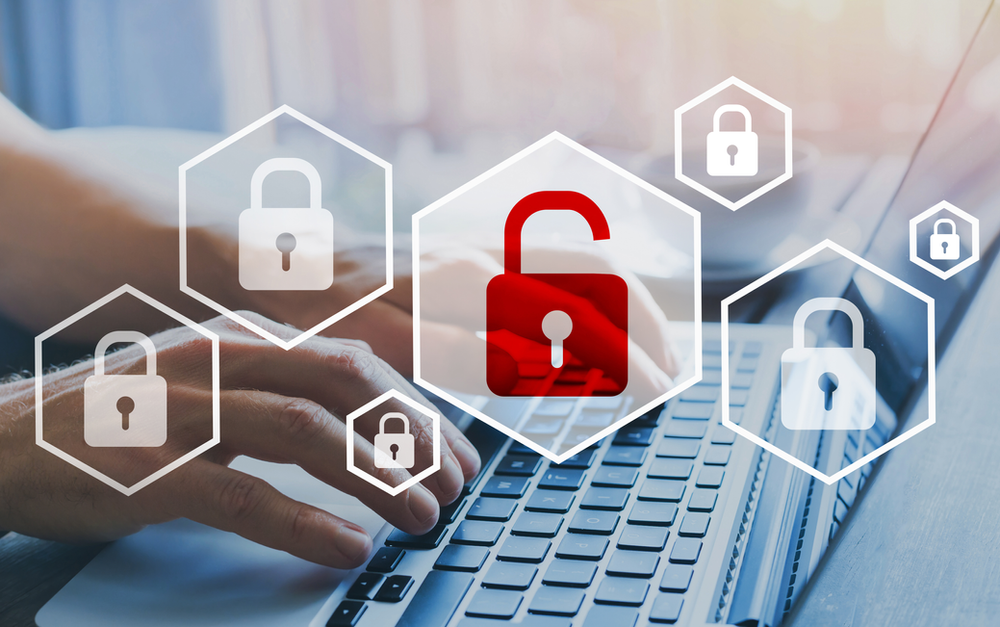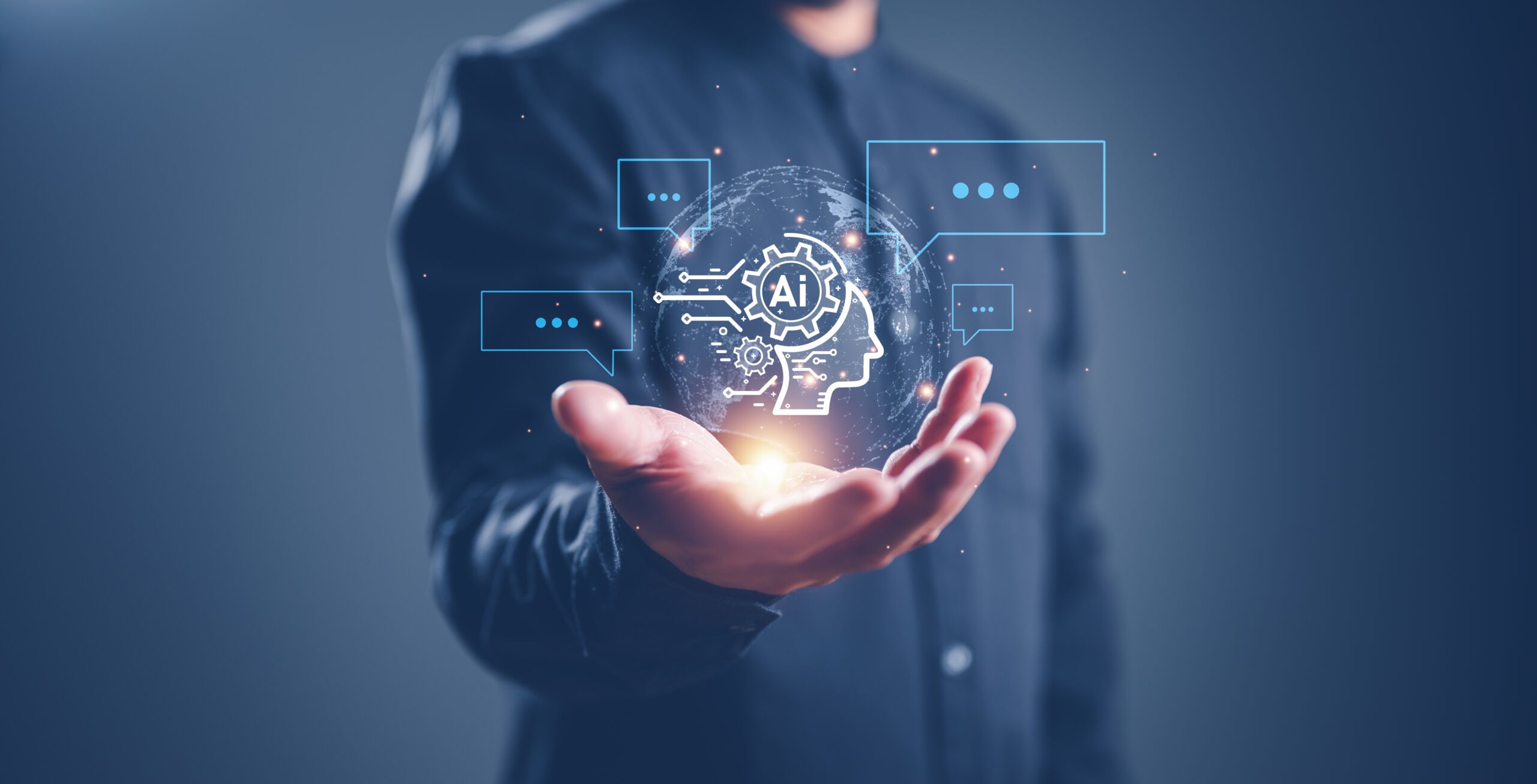BLOG
Understanding the Top 5 Most Dangerous Cybersecurity Risks

Cybersecurity risks are no longer something that businesses can ignore while hoping that a criminal won’t attempt a random or coordinated attack on their systems. With the number of attacks on modern supermarkets last month, it’s become much more obvious to many users that cybersecurity is no longer just an IT concern—it’s a business-critical priority. From multinational enterprises to local service providers, no organization is immune to the evolving threats in cyberspace. As we move through 2025, attackers are getting smarter, tools are more accessible, and vulnerabilities are harder to manage.
We’ve compiled a top five list of cybersecurity risks businesses must address to avoid disruption, financial loss, and reputational damage, all of which we can also offer additional training for your users to help recognize and avoid.
1. Social Engineering & AI-Powered Phishing Attacks
Social engineering remains the most effective way for attackers to breach systems, and it’s only getting more advanced. Most modern phishing attacks have become highly personalized and nearly indistinguishable from legitimate communications. With the use of generative AI, attackers can craft realistic emails, simulate internal team conversations, and even create deepfake audio or video to manipulate unsuspecting victims. A single employee clicking the wrong link can expose an entire organization, making user awareness and proactive threat detection more important than ever.
2. Ransomware-as-a-Service (RaaS)
Ransomware has evolved into a full-scale criminal enterprise. The rise of Ransomware-as-a-Service allows attackers with minimal technical skills to lease ransomware tools, execute sophisticated attacks, and share profits with developers. This shift has expanded the threat to include not only large corporations but also smaller businesses and critical infrastructure, which are often less protected. Ransomware can halt operations entirely, lead to severe data loss, and incur massive recovery costs—even if no ransom is paid. Today, the ability to quickly detect threats, isolate infected systems, and restore data from secure backups is vital for operational resilience.
3. Insider Threats—Both Malicious and Accidental
Insider threats—whether from disgruntled employees or well-meaning staff making mistakes—pose a serious risk to organizations. In hybrid work environments, where employees access systems remotely and often use personal devices, the lines of security control blur. This increases the likelihood of data leaks, unauthorized access, and policy violations. As attackers look for easier entry points, insiders, even unknowingly, can provide a direct path to sensitive data or systems. To combat this, businesses must adopt a Zero Trust approach, implementing strict access controls, continuous authentication, and real-time user behavior monitoring.
4. Supply Chain Attacks
Cybercriminals increasingly target vendors, third-party software providers, and IT service partners as a means to infiltrate larger, more secure organizations. These supply chain attacks exploit the interconnectedness of modern digital ecosystems. The 2020 SolarWinds incident proved just how widespread the damage can be when a trusted partner is compromised. Today, businesses often rely on dozens of external providers, making it essential to monitor and evaluate the security posture of each one. Strong vendor management programs, third-party risk assessments, and layered defenses are now fundamental to protecting core infrastructure.
5. Unpatched Software & Zero-Day Vulnerabilities
Delays in patching software and firmware remain one of the most common ways attackers gain access to business systems. In many cases, organizations don’t apply updates due to compatibility concerns, operational disruption, or a simple lack of time. Meanwhile, attackers quickly exploit known vulnerabilities—and with the growing use of AI and automation, the time between a vulnerability disclosure and active exploitation is shrinking. Even more concerning are zero-day vulnerabilities, which attackers can exploit before a fix is available. Businesses must adopt automated patch management and integrate security into their development and deployment pipelines to keep up.
The cybersecurity risks businesses face in 2025 are more complex and fast-moving than ever. Organizations can no longer afford to take a reactive approach or treat cybersecurity as a standalone IT issue. Instead, security must be built into every layer of operations—from infrastructure and software to employee behavior and third-party relationships.
At 10-100 Consultancy, we specialize in helping businesses navigate these evolving threats with proactive cybersecurity strategies, custom risk assessments, and advanced protection solutions; give our experienced sales team a call today, or send us an email at sales@10-100.com.

